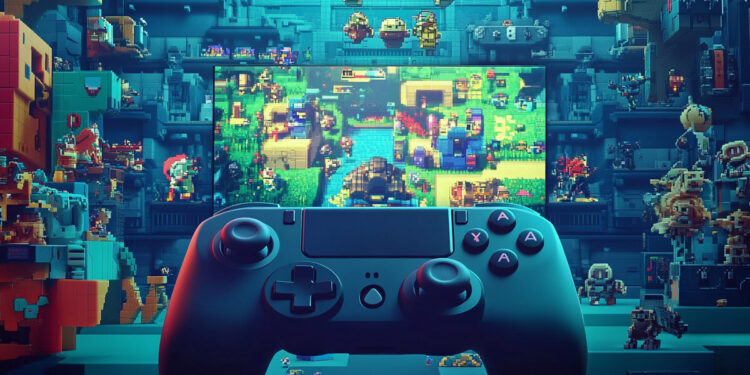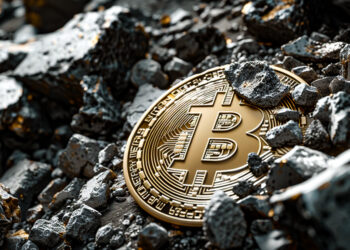Exploring the Growth of the Blockchain Gaming Ecosystem
The blockchain gaming sector, also known as GameFi, is positioned for significant expansion, with projections estimating a market valuation of $301.5 billion by 2030, as highlighted in a recent report by Nansen, a leading blockchain analytics firm.
Driving Factors Behind Growth
According to the report, the growth of GameFi will be propelled by:
- The decentralized ownership of in-game assets, including fungible tokens and non-fungible tokens (NFTs).
- Providing real-world value through the implementation of tokens, offering financial incentives that outshine those found in traditional gaming.
With expectations of a remarkable compound annual growth rate (CAGR) of 68% over the next six years, the sector is showing substantial promise.
Resilience During Volatile Times
Notably, in the face of the broader volatility in the cryptocurrency market, the GameFi sector demonstrated resilience in August 2024, with an 8.94% increase in daily active wallets.
Blockchain Infrastructure Enhancements
Key improvements in blockchain infrastructure are facilitating the growth of GameFi projects, including:
- Enhanced transaction capacity
- Reduced gas fees
- Improved scalability
Prominent networks like opBNB, Ronin, and Immutable are gaining traction because they offer a balanced combination of speed, affordability, and scalability attractive to both developers and gamers.
The Revolution of True Ownership
GameFi’s distinct advantage is the concept of true ownership of in-game assets, setting it apart from traditional gaming models where players’ achievements remain confined to the platform. Role-playing games (RPGs) are particularly compatible with this decentralized approach, allowing players to own and trade rare items as NFTs. Currently, RPGs represent 22% of all Web3 games, making them the leading genre, followed closely by action games at 17%.
An increase in high-quality AAA game titles is also noted, with these games characterized by top-tier production quality and engaging gameplay. Although AAA titles account for only 1% of Web3 games presently, they are experiencing faster growth than their Web2 counterparts, indicating a shift in investment focus towards blockchain-based gaming. Furthermore, GameFi ranks as the fourth-largest sector in the crypto industry for venture capital investments, having secured over $651 million as reported by Rootdata.
Community Engagement as a Vital Element
Nansen’s report emphasizes examples of Web3 gaming innovation, including Illuvium, Axie Infinity, and Seraph. These games integrate compelling gameplay with decentralized economic systems that provide players with tangible financial benefits.
Axie Infinity pioneered the ‘play-to-earn’ model, allowing players to earn income while playing. Illuvium and Seraph are recognized for their spectacular visuals and solid NFT economies.
The longevity of these games is closely tied to their in-game economies. For instance, Axie Infinity uses a two-token system comprising Smooth Love Potion (SLP) for gameplay rewards and Axie Infinity Shards (AXS) for governance participation, while Illuvium and Seraph incorporate NFTs to enrich gameplay and enhance player interaction.
The Role of Social Interaction in Success
Moreover, social engagement proves to be a crucial factor for success in the Web3 gaming landscape. Communication platforms such as X, Discord, and Telegram are essential in fostering vibrant communities.
Leading the charge in community interaction are Axie Infinity and Seraph, demonstrating impressive growth and engagement on various social media platforms.
Sources Cited
This rewritten content maintains the essence of the original article while ensuring uniqueness and proper optimization with headings, subheadings, and bullet points.








